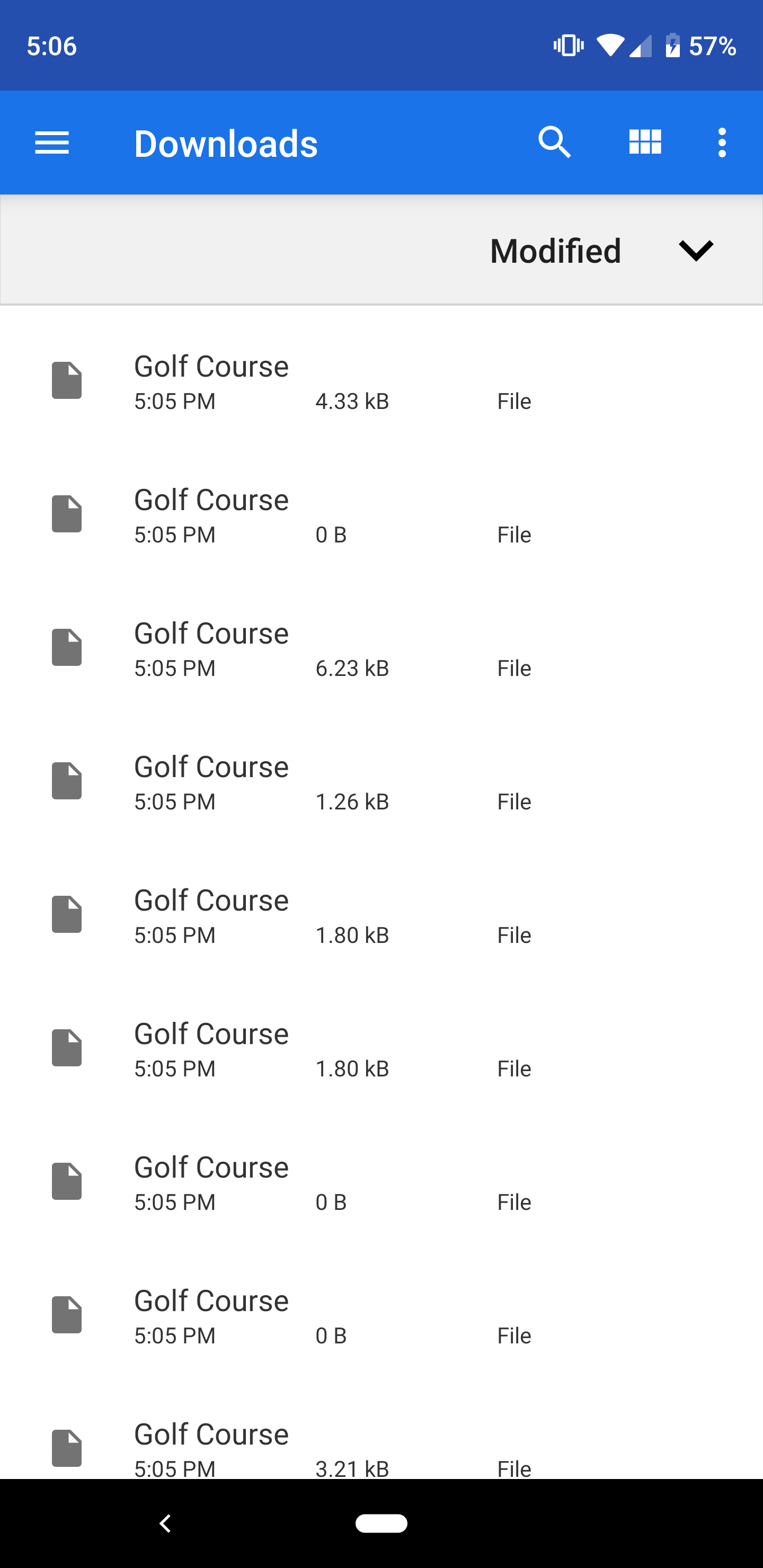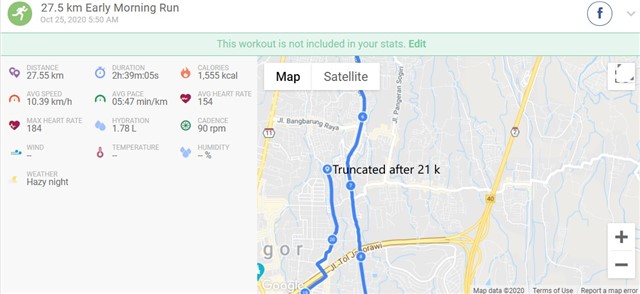

With the Strava iPhone app, you can download data in a. I recently purchased a refurbished Garmin Forerunner 230, along with a heart rate monitor, with the hopes of being able to acquire more accurate GPS data (and heartrate info) on a smaller device. Authorize TrainerRoad to access your Garmin Connect account by selecting Agree. Click the option to Connect with Garmin. Select Ride Sync from the menu on the left-hand side of the screen. Log into TrainerRoad to access your Account Profile.
Can'T Fit Files From Garmin Connect Download By Fitbit
After installing the latest version from the GitHub source, I ranGpsbabel -i garmin_fit -f. By using this program.Initially I tried to use GPSBabel. Naturally, you can get Fitbit Connect, Free Download by Fitbit Inc. GPSBabelImport Garmin Connect activities to Fitbit account automatically. Converting these files to a useful format, however, is a bit tricky. This is a binary file format that allows a wide variety of data to be included in workouts, such as profile information, heart rate, and traditional time/coordinate information.
Fit file to a Python class object, which contains a messages attribute that contains most of the useful information in the file, including the GPS coordinates and the timestamps/heartrates/step cadence/etc. The library converts all of the data in a. FitparseI discovered a library for Python called fitparse. The same was true when I tried converting it to GPX.
Lower () = '.fit' ] for file in fit_files : new_filename = file + '.csv' if os. Timezone ( 'US/Central' ) def main (): files = os. Fit files to CSV.Import csv import os #to install fitparse, run #sudo pip3 install -e git+ import fitparse import pytz allowed_fields = required_fields = UTC = pytz. Below I have my own file that I use for converting.
Messages data = for m in messages : skip = False if not hasattr ( m , 'fields' ): continue fields = m. StandardUnitsDataProcessor ()) print ( 'converting %s ' % file ) write_fitfile_to_csv ( fitfile , new_filename ) print ( 'finished conversions' ) def write_fitfile_to_csv ( fitfile , output_file = 'test_output.csv' ): messages = fitfile. FitFile ( file , data_processor = fitparse. Skipping.' % new_filename) continue fitfile = fitparse.
Value for rf in required_fields : if rf not in mdata : skip = True if not skip : data. Astimezone ( CST ) else : mdata = field. Name = 'timestamp' : mdata = UTC. Name in allowed_fields : if field.
I'm still thinking of ideas that involve heart rate data. Writerow () print ( 'wrote %s ' % output_file ) if _name_ = '_main_' : main ()You can find an updated version of the code that extracts lap/start/stop time information on my GitHub.An example of a few rows from a run (made using the htmlTable package in R), excluding the "enhanced" columns:Here is a segment from a run with the path highlighted by heart rate ( cetcolor package in R used for visually discernible gradient):Library (ggplot2 ) library (cetcolor ) setwd ( '/ntfsl/somedirectory' )Df = read.csv ( 'workout_gpx/garmin_fit/.csv' )Ggplot (df ,Aes (y =position_lat , x =position_long , color =heart_rate )) +Xlab ( 'Longitude' ) + ylab ( 'Latitude' ) +Ggtitle ( 'Forerunner 230 GPS and Heart Rate Data' ) +Scale_color_gradientn ( 'Heart Rate (bpm)' , colours = cet_pal ( 5 , name = "inferno" )) +Theme (plot.title = element_text (hjust = 0.5 , size =rel ( 2 )),Axis.title = element_text (size =rel ( 2 )),Legend.title = element_text (size =rel ( 1.5 ))) Future WorkI plan on comparing the iPhone app recording to the Garmin Forerunner's, and this conversion helps dramatically. Writerow ( allowed_fields ) for entry in data : writer.



 0 kommentar(er)
0 kommentar(er)
